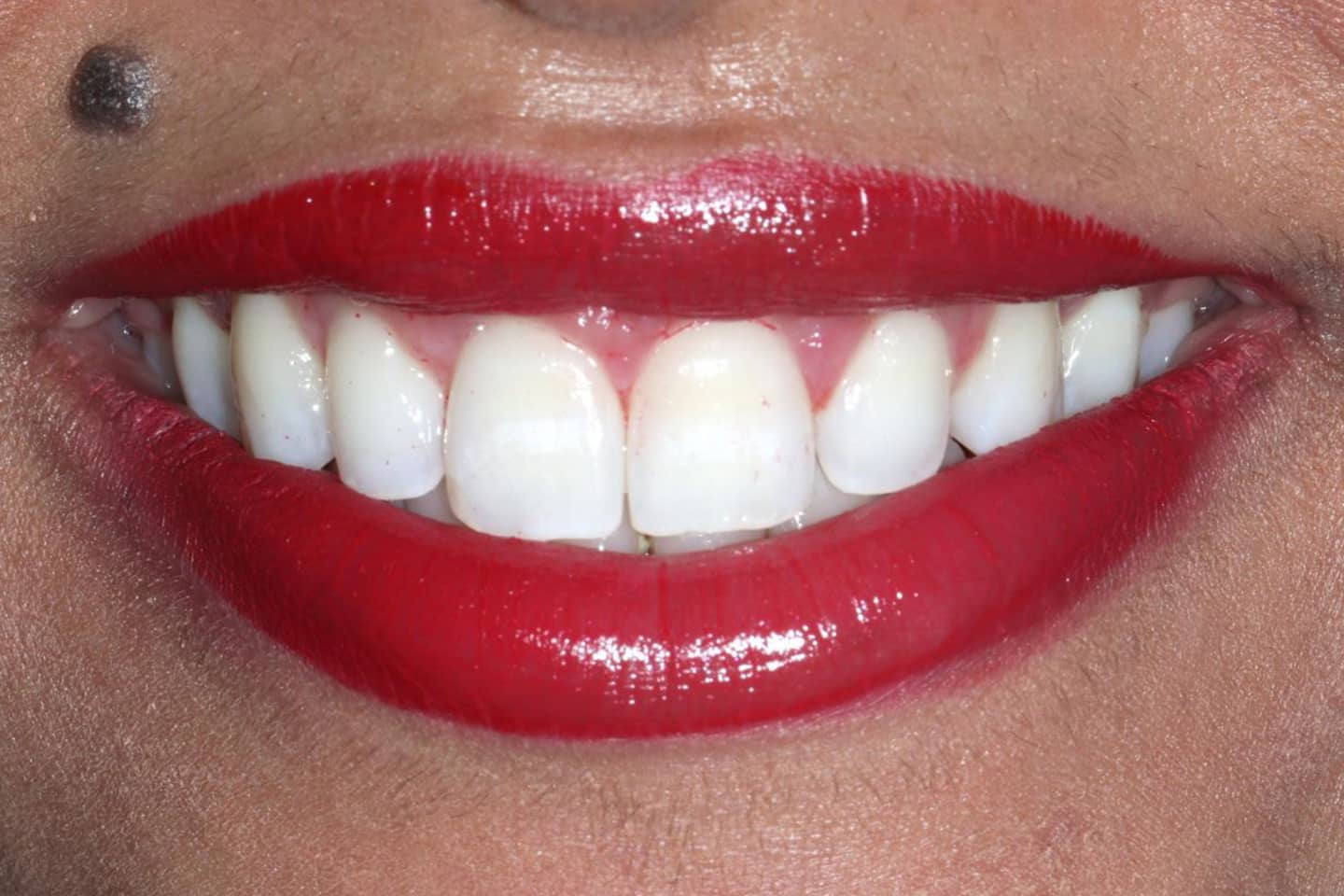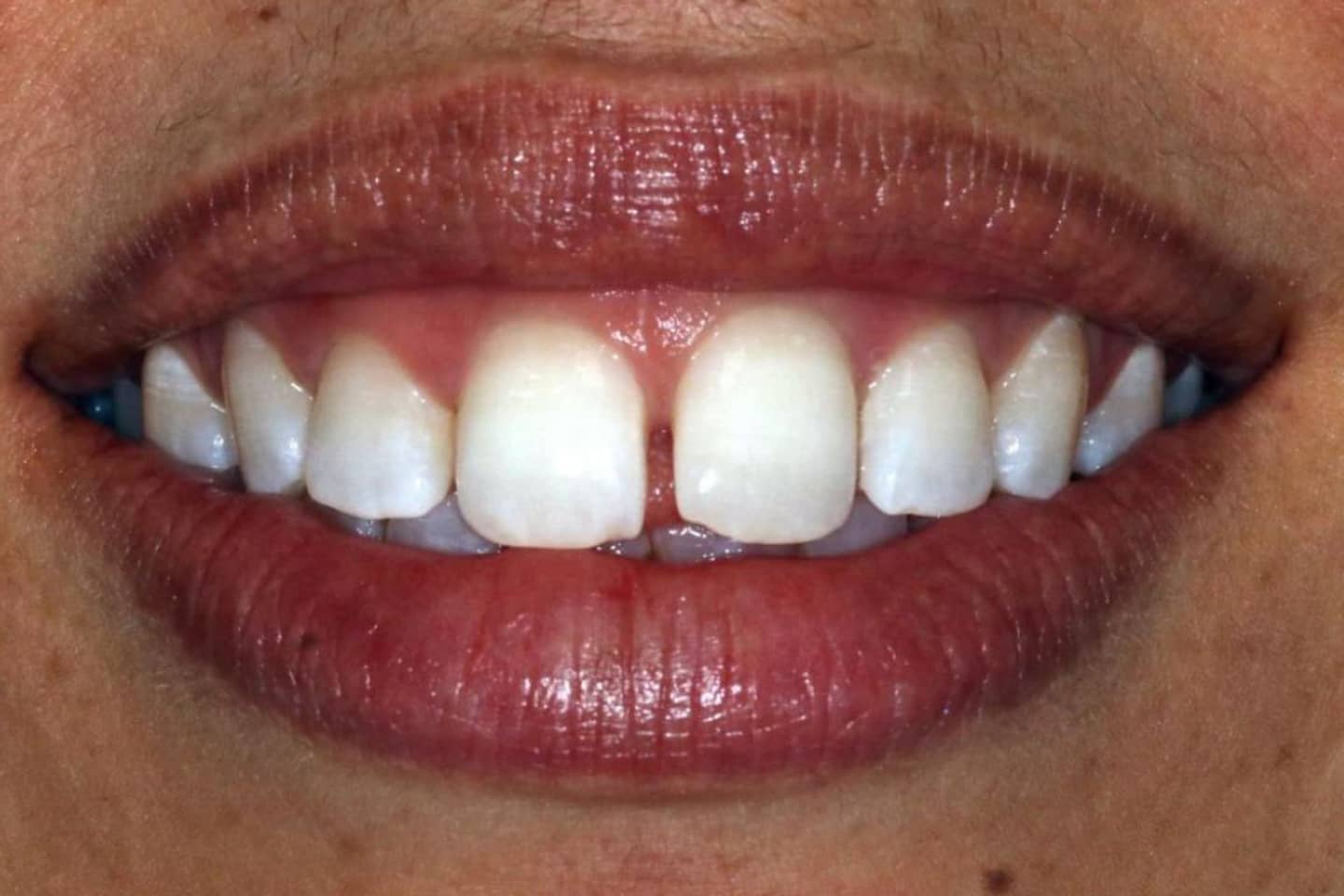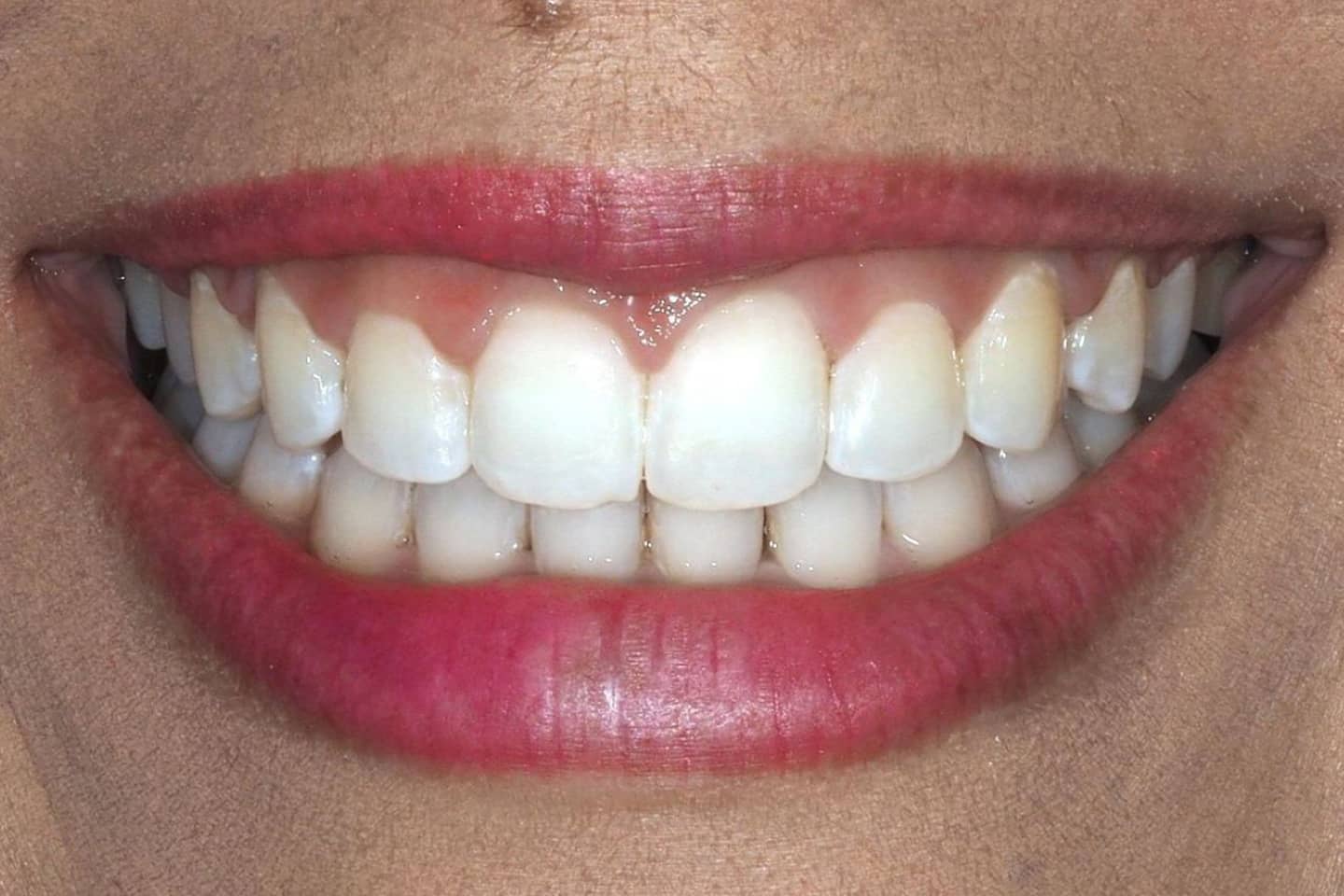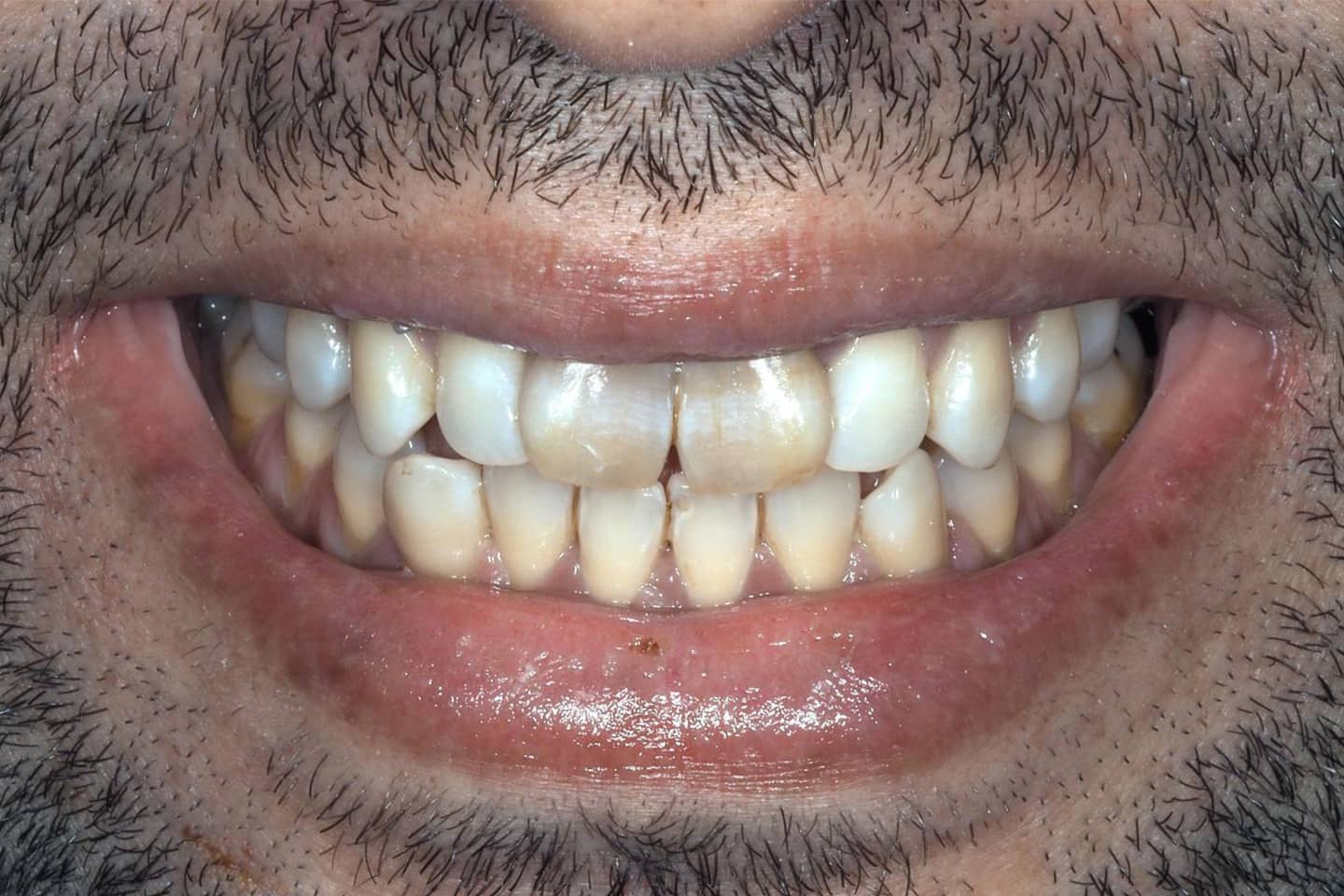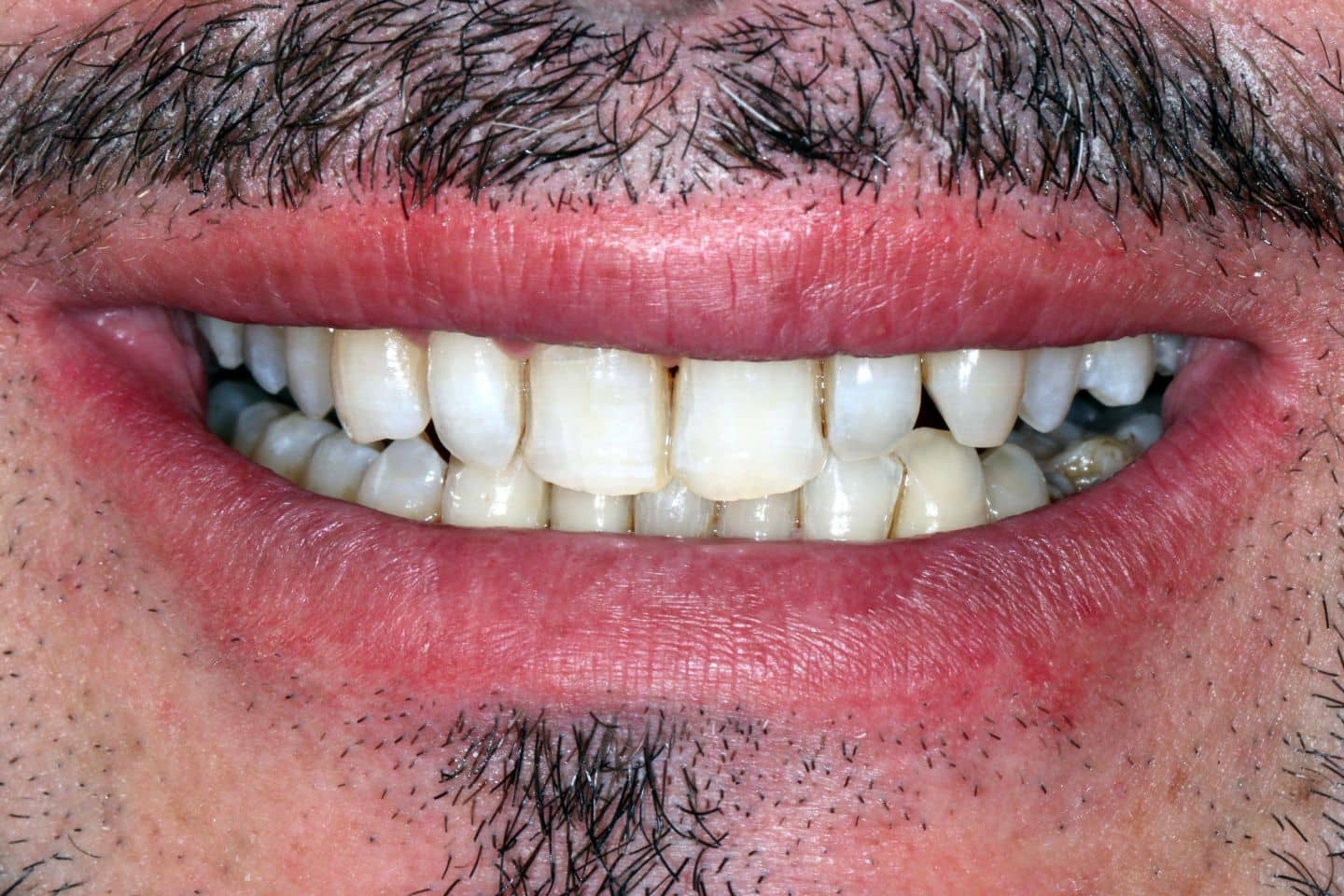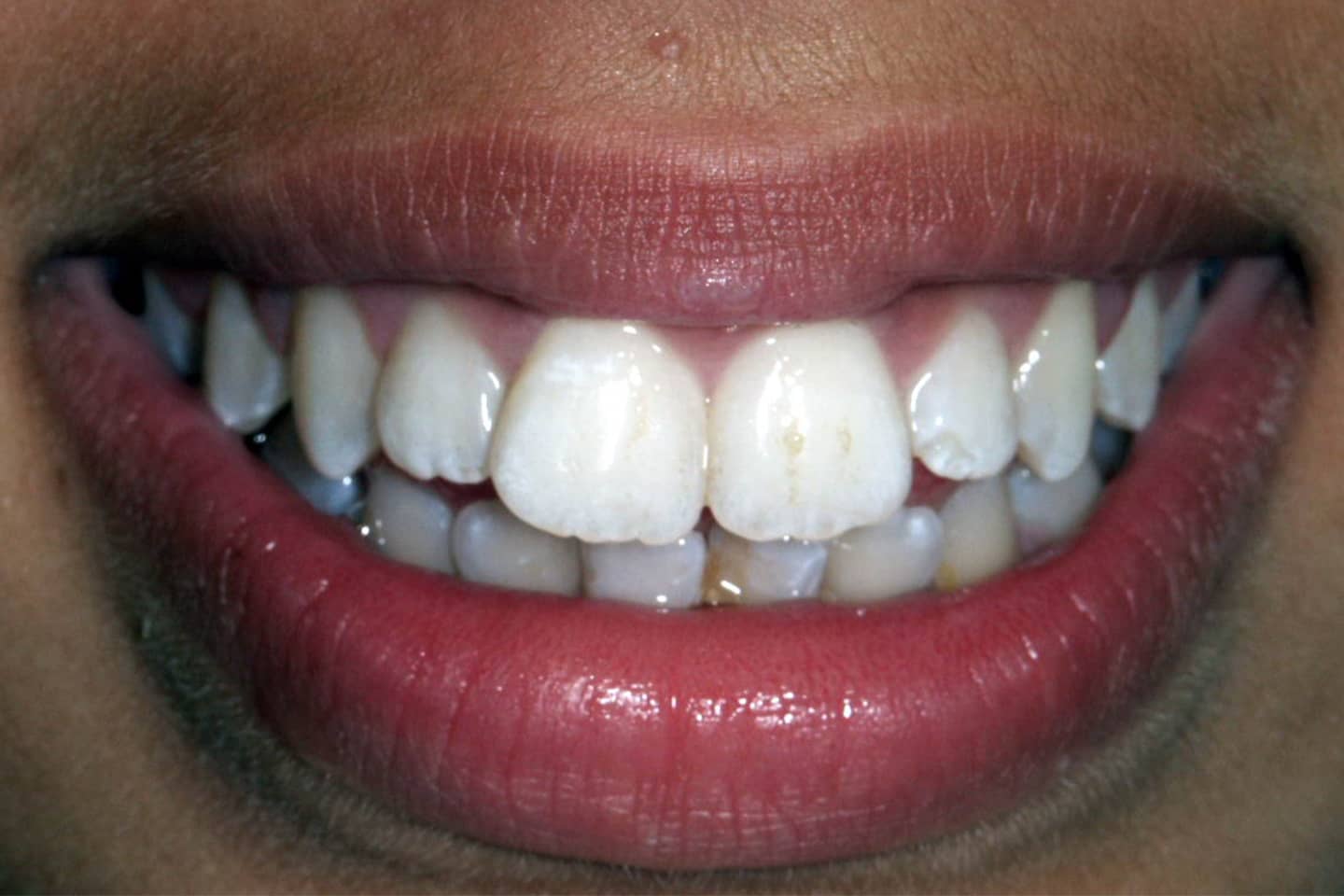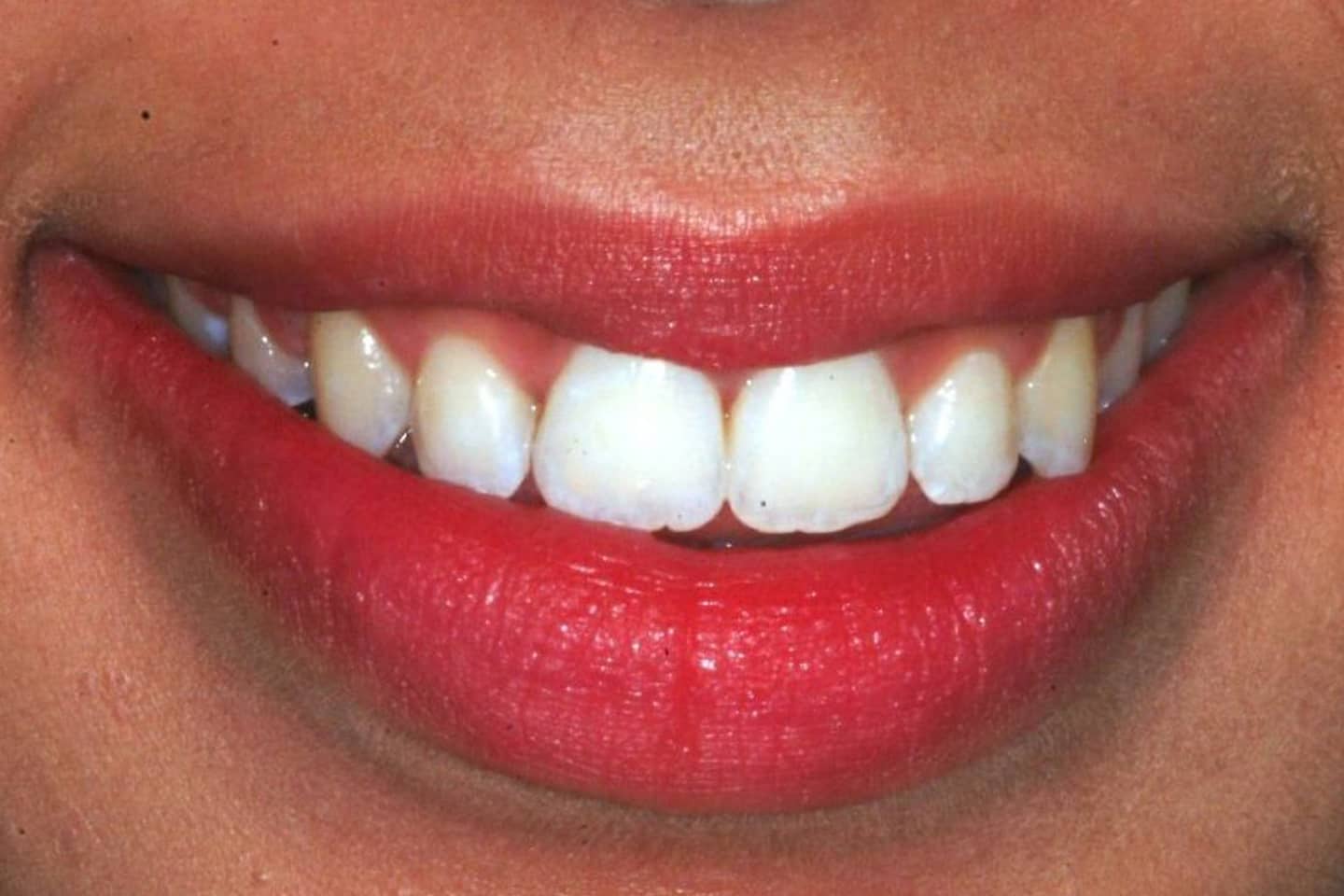Treatments
Our Treatments
- VARIOUS TREATMENTS
- ALIGNERS
- BRACES
- TEMPORARY ANCHORAGE DEVICES (TADS)
- VENEERS
- TEETH WHITENING
- SLEEP APNEA
- MY FIRST APPOINTMENTS
You can have orthodontic treatment at any time in your life. The treatment and the reasons for it vary if you are an adult, a teenager or a child. Find out more about treatments for different age groups in this section.
TREATMENT FOR CHILDREN
In children aged 6 to 8 years, the treatment plays a preventive role with the aim of widening the palate. It is followed by an interception phase, from 8 to 11 years old, and a monitoring period. Depending on the evolution of the teeth, we may recommend additional treatment in adolescence.
This treatment is also often a preparatory treatment for treatment in adolescence.
TREATMENT FOR ADOLESCENTS
In adolescence, the treatment may be a continuation of a treatment received in childhood or it may be the first treatment. Your teenager can consult us as early as age 12. We will then choose the best appliance, among all the different types available, for an effective treatment.
TREATMENT FOR ADULTS
Adults can also benefit from orthodontics for various reasons: aesthetic, readjustment following an accident, late correction, etc. You can begin treatment at any age. You think you need it? Consult us.

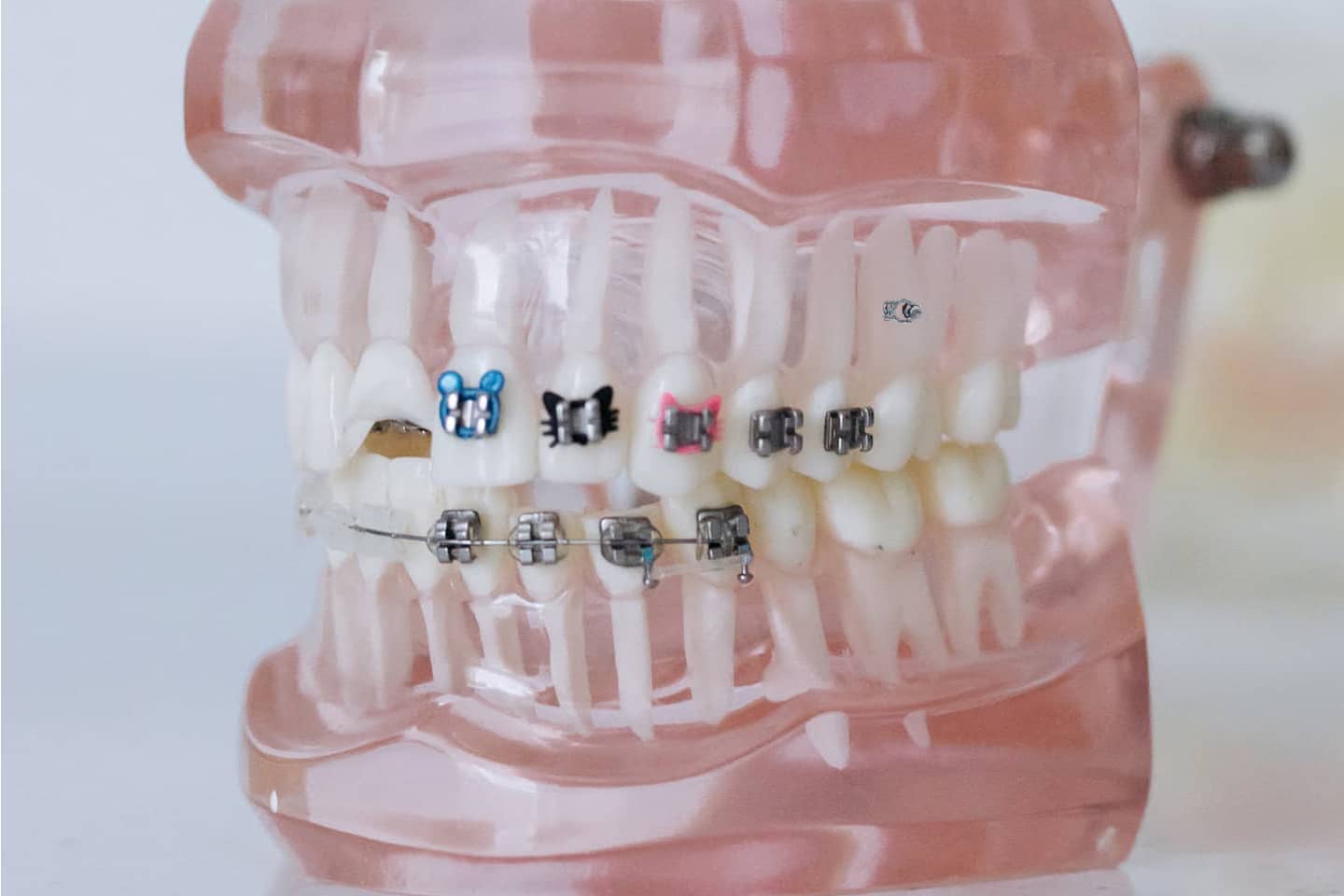

Teeth whitening with lasers Le blanchiment dentaire au laser est un moyen efficace d'atténuer les taches et peut éclaircir les dents de près de 10 teintes.

Endo-buccal orthoses represent an alternative to the reference treatment of obstructive sleep apnea-hypopnea syndrome (OSA), continuous positive pressure by nasal mask (CPAP).
These are mostly devices that position the lower jaw or mandible forward.
The impact of this mandibular advancement is twofold:
Premièrement, elle produit une avancée de la langue, empêchant alors la base de langue de faire obstacle au passage de l’air. En second lieu, elle remet en tension l’ensemble des parois du pharynx qui chez les sujets prédisposés aux apnées ou au ronflement, ont tendance à vibrer et à se collaber, diminuant alors ou obstruant complètement le passage de l’air.
For OSA, nearly two out of three patients can be considered to respond very favorably to treatment.
For the remaining third, the response is insufficient to make the orthosis an alternative treatment to permanent CPAP.
Wearing mandibular advancement braces can cause tooth or gum sensitivity, salivation disorders, and painful tension in the joints or muscles of the jaw.
Ces troubles contre-indiquent rarement la poursuite du traitement et dépendent grandement des conditions de mise en œuvre. La Haute autorité de santé (HAS) précise que l’orthèse doit être prescrite, comme la PPC, par un spécialiste du sommeil.
This therapy is simple, reversible and of moderate cost compared to CPAP; however, it is not possible at this time to predict the effectiveness of the device before its implementation.
Obstructive sleep apnea syndrome (OSA) is an extremely common sleep disorder, affecting 4 to 7% of the adult population.
Start my treatment
Do you need a treatment? You must first meet with us to evaluate which one is best for you. Three appointments with Dr. Ellouze are required before starting your treatment. Find out what each appointment entails here.
My first appointment: a yes or no device
Your first appointment is a consultation with Dr. Ellouze where we explain the different options available to you. We will discuss with you whether you really need treatment and whether it should start now or later.
If we decide that treatment is necessary, we will schedule a second appointment.
My second appointment: a diagnosis
During your second visit, we take x-rays, impressions and photos to help Dr. Ellouze make an accurate diagnosis. He will then be able to suggest the most appropriate treatment for you.
During your third appointment, three to five days later, we will present you with the results and the selected treatment.
My third appointment: a treatment strategy
It is at your third appointment that we present Dr. Ellouze's diagnosis. We will then suggest the appropriate treatment strategy, an estimate of the duration, the type of appliance possible (visible or invisible) and a treatment package. We will schedule future appointments with you to begin treatment.
SMILE GALLERY







